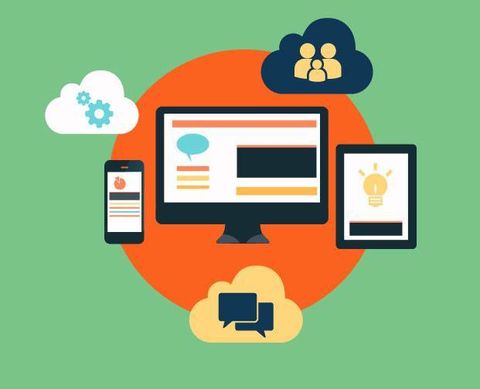According to Wikipedia, gamification is the use of game thinking and game mechanics in non-game contexts to engage users in solving problems and increase users' self contributions. If you think about gamification in the context of an eCommerce site, you will understand that this is a great tool aimed at making shopping process more entertaining due to different motivators, both hidden and visible.
Psychological side of gamification
Gamification gives a person an opportunity to achieve something: a goal, get points, coupons, etc. that can generally be called rewards. When people are rewarded, it activates pleasure centers in the brain and gives positive feelings which mean loyalty to your store.
Why do you need to use gamification techniques in your store?
In the modern world of constant competition and thousands online shops appearing every day, it’s really hard to stay on top. This means you should really work hard to keep up with the modern marketing trends and implement new techniques. Though eCommerce gamification is not a very new thing, it is hard to find online stores that use it successfully. But once you have this strategy under your belt, you have great chances to earn customers’ loyalty.
3 parts of gamification
Here are 3 main components of any gamification type:
- Challenge. At this point a user gets motivated and decides to take part in your game. You can promise a good prize or a coupon code. When thinking over this part, try to answer the question: “Why would I want to jump in the game?”. Just walk in your users’ shoes a little.
- Instructions. People should be given full and direct instructions of how to act as people tend to dislike web pages that require too much thinking. At the same time you should not write a 1000-word description of your game, make it as simple as it can be.
- Reward. This is the sweetest moment when a user gets what he has earned. Don’t even try to deceive his expectations as common sense dictates that you cannot build a relationship without trust.
When a user completes all these stages, you can motivate him to repeat them once again: remind that there is always an opportunity to be faster, better, stronger. You can show best scores for that and give larger rewards.
Remember that your main goal here is not to create a super popular game like Angry Birds, you goal is to build trust and loyalty and sell goods to your customers.
User Types
Since Gamification appeals to the psychological part of customers’ nature, it is a good idea to classify all your users in accordance with their behavior.
- Enjoyers.
What they need: surprise, inspiration, fun.
Game mechanics: luck and quick success games, prizes, boosters.
Gamification example: fortune wheel. - Self-seekers.
What they need: status, influence, acceptance.
Game mechanics: leaderboards, duels, extra options.
Gamification example: users ratings. - Farmers.
What they need: achievements and collection.
Game mechanics: badges, levels, simple tasks, progress bars.
Gamification example: revenues badges. - Networkers.
What they need: contacts, communication, priviledges.
Game mechanics: chats, mentoring, communities.
Gamification example: advice section.
Examples of Gamification
Rewards points and programs
Teleflora.com uses a reward points program that gives each customer who joined it great opportunities. This means that you can buy and earn points that can further be spent on coupons. There is neither any competition between store clients nor best scores displayed but there is something very interesting: an ability to get something without doing any additional things, just buy products!
Many online stores use this type of gamification. There are also loyalty schemes that don’t include points, but they do include discounts on next orders depending on your spent in that shop. Such loyalty and rewards programs help increase average order value and the number of returning customers.
Daily bonus points
Points are one of the most wide-spread gamification techniques. Daily points make customers return to your site not only when they need something but every day! It’s also a good idea to display leaders as this can motivate people play more to get more.
Badges
You can encourage users to complete tasks and give them badges for that. The badges can indicate which customer group a user belongs to and which privileges he has. For example, you can have VIP users who submitted N reviews and made N orders in your store.
Fans and likes
People like to be noticed and heard; they like when their posts on FB get many shares and comments. Why not use such techniques for an eCommerce store? Users can like other people’s reviews and write their own to get points. Seeing actions of other users helps build a community within your store.
Games
Some online stores launch real games to let customers earn coupons. Aliexpress is a good example here.
Competitions
Usually competitions are launched before holidays. This helps earn customers that will prefer your store to your competitors’ if they win something. For example, Amasty held an Egg Hunt game before Easter.
Conclusion
I’ve listed some popular gamification techniques used in eCommerce sphere but there are way more types and examples of them. Choose what is relevant for your store, and don’t be afraid of testing to find out what works best for you. This all takes time and efforts but when you manage to build a community of loyal customers around your store, you will understand that all the efforts pay off.
Author Bio: Kristina pays careful attention to the latest marketing trends while developing detailed strategies for site performance improvement. She is a marketing manager and SEO specialist at Amasty, a company that develops professional Magento extensions which make the lives of Magento store owners easier. Social networks: Twitter, Facebook, Linkedin.
